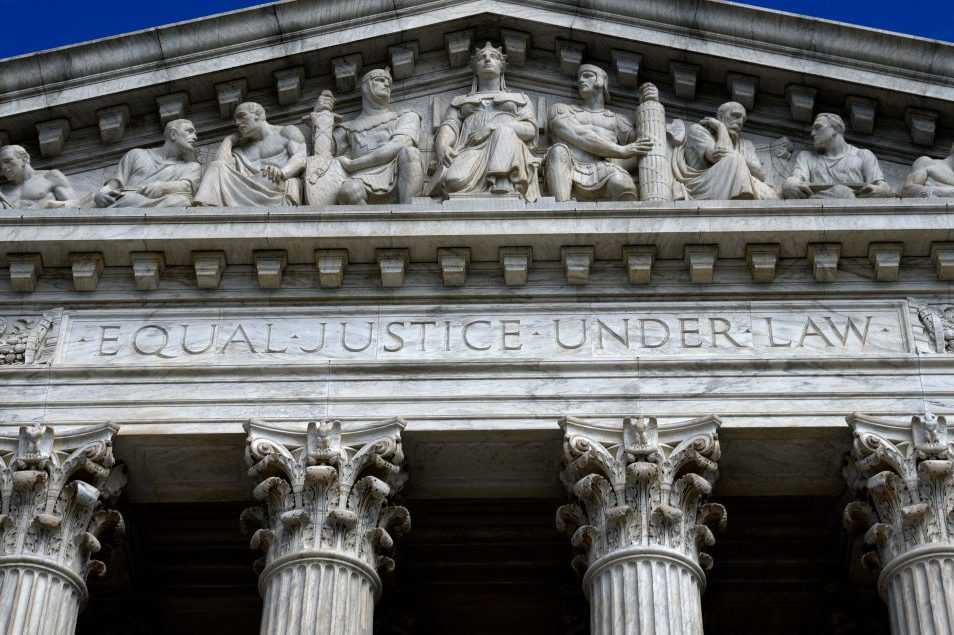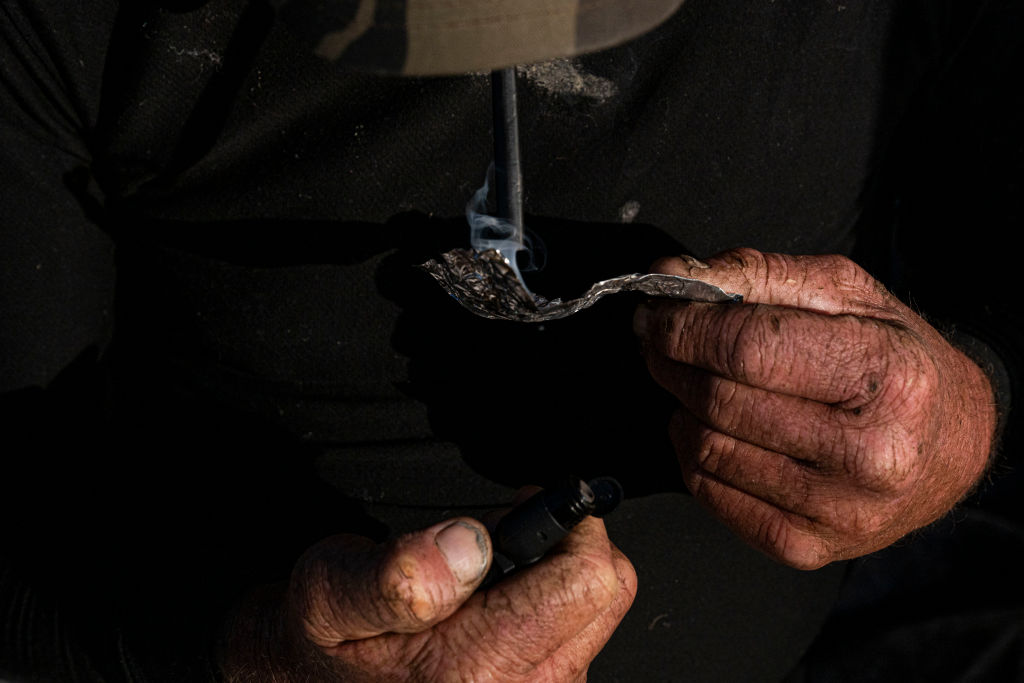Many are worried about losing their abortion rights now that the Supreme Court has overturned Roe v. Wade. In some states, abortion will now be heavily or fully restricted, while other states are busy trying to keep the procedure available throughout all nine months of pregnancy — even though 65 percent of Americans support banning most abortions after the first trimester.
With Roe gone, each state will have free rein to create abortion laws, and some are intent on expanding and maintaining radical, unregulated options. It’s not just about access to abortion, but proper medical care for women undergoing them and protection for babies who may ultimately survive them. To this end, abortion radicals have little to offer.
Post-Roe, 13 states have trigger laws that will mostly or fully outlaw abortion. Blue states, however, are already fighting to ensure that they can keep the right in full. Abortion advocates in these areas are more concerned with access than maternal safety — and there’s plenty of reason to question their agenda.
As of 2016, 15 states didn’t have any regulations for the inspection of licensed abortion clinics, giving full freedom to providers to self-regulate without any basic government health and safety rules. A 2016 report of 300 abortion facilities in 39 states found more than 2,400 healthy and safety violations at abortion clinics between 2008 and 2020. And those are just the states we have sufficient information on.
The fact is that multiple states, including Maryland, New Hampshire and California, don’t report valuable abortion data to the CDC, information that could lead to vital new insights. Other states will be less likely to report data going forward.
The abortion industry puts women in jeopardy with its dishonesty over the risks of things like the abortion pill, use of which is becoming more prevalant. Last year, the Biden administration legalized mail-in abortion pills, requiring zero in-person evaluations. The FDA reveals that 3,000 women have suffered complications from the pill and 26 women have died. In-person assessment is essential in order to rule out ectopic pregnancies, identify true gestational age and abide by what the American Association for Pro-Life OB/GYNs calls a “basic tenet of medical ethics.”
Additionally, a recent study of over 50,000 women found that medical abortions (the abortion pill) are four times more likely to have immediate adverse effects like hemorrhaging and incomplete abortions. Seven percent of women will need surgical interventions after a medical abortion.
If you think it’s bad for moms, here’s how they want to handle viable babies. In states like Maryland, non-physicians can perform abortions and receive no penalty for the death of an infant up to 28 days old. In Colorado, babies that survive abortions can be left to die or be euthanized. In Virginia, former governor Ralph Northam infamously said that a baby born alive after an abortion would be “kept comfortable” and only “resuscitated if that’s what the mother and family desired.”
Only two Senate Democrats supported the 2021 Born Alive Infant Protection Act. The single-minded focus on gaining monetary support and securing re-election in blue states prevents Democrats from answering even the most basic questions about the morality of post-birth abortion. Blue states are on a mission to codify even the most extreme abortion rights.
In Kansas, where a 2019 Kansas Supreme Court ruling made abortion legal at any gestational age and eliminated informed consent, parental notification requirements and clinic regulations, out-of-state abortion-seeking women are coming in droves. Like many blue states, Kansas is quickly becoming an “an abortion safe haven,” as 50 percent of 2021 abortions there were performed on women from out of state.
Legislation like Kansas’s “Value Them Both” Amendment will be critical for states that want to reserve the right to pass laws to regulate abortion and implement safety regulations through elected leaders.
In California, Governor Gavin Newsom has proposed legislation to protect abortion providers and help poor women pay for abortions, among other bills. Clearly overturning Roe was just the beginning for the pro-life movement.

























